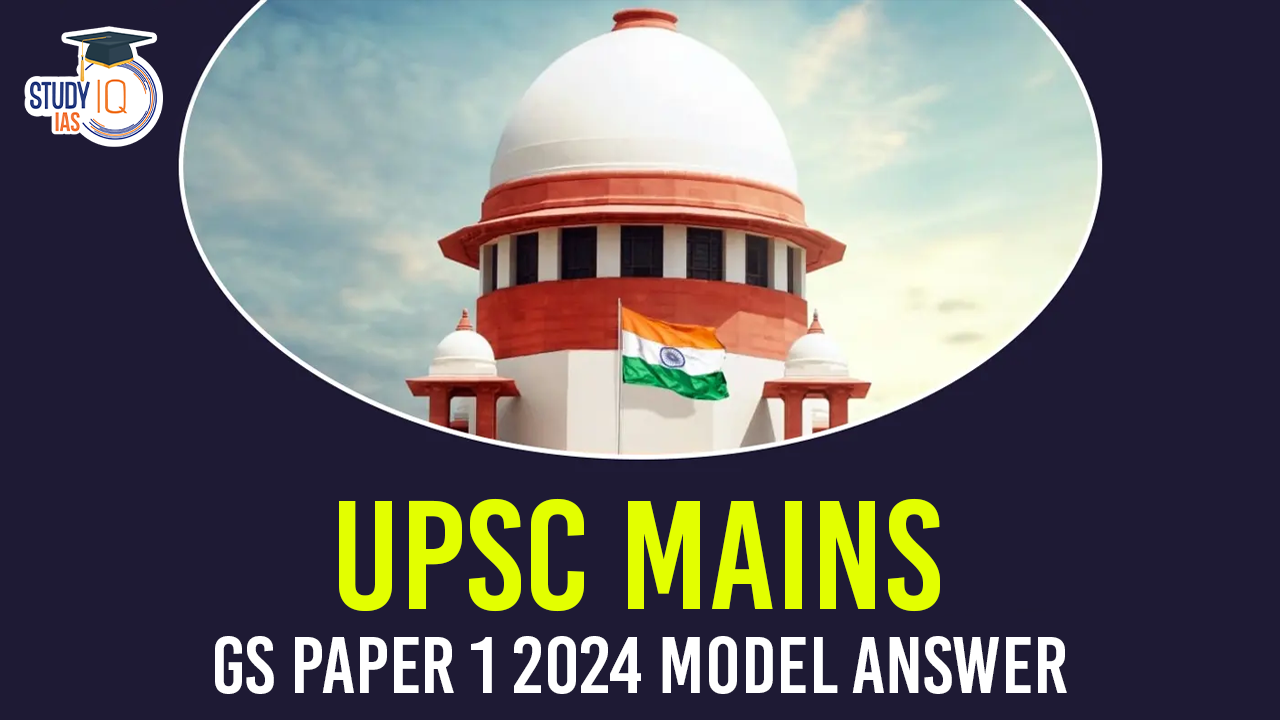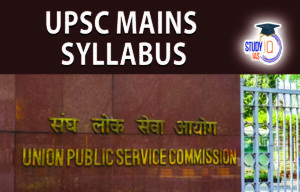Table of Contents
Introduction
The Supreme Court held that inter-caste marriages are the way forward to reduce communal tensions. Additionally the Rajasthan government in the budget 2023-24 raised the incentive to inter-caste marriages in the state. It shows the state’s commitment towards reducing the caste fabric from the social arena.
Body
Inter Caste marriages between castes with socio-economic parity have increased
Arguments in favour
-
- Social acceptance: Intercaste marriages influence public perception and have helped in reducing stigmas attached to them. Through the medium of entertainment, bollywood movies have led to more social acceptance towards the subject.
- Eg: Movies such as Dhadak, Veer Zara, 2 States
-
- Legal protection: There is a strong legal protection for inter-caste couples in order to safeguard them from societal backlash.
- Eg: Supreme Court in the Shafin Jahan v. Ashokan K.M. case (2018) upheld the right to marry a person of one’s choice under Article 21 of the Constitution.
- Eg: Kerala has opened safe homes for inter-caste and inter-faith couples protection.
- Community integration: Reduced caste biases and fostering inclusivity, witnessed more in urban settlements.
- Eg: Bengaluru accounted for 17.8% of intercaste marriages in Karnataka (2023)
- Legal protection: There is a strong legal protection for inter-caste couples in order to safeguard them from societal backlash.
- Right to choose: In Tamil Nadu, children of an inter-caste couple can get the community certificate mentioning the caste of either of the parents which upholds his/her right to choose.
Arguments against
-
- Social exclusion: Intercaste couples often face societal backlash from their community and families which has led to instances of violence.
- Eg: Recently the CPI (M) party office was attacked as they organised an inter-caste marriage. (2024)
- Social exclusion: Intercaste couples often face societal backlash from their community and families which has led to instances of violence.
- Honour killings: Supreme court condemns them as barbaric acts of violence
- Eg: Eg: A 20 year old girl was recently honour killed over inter-caste marriage in Jhalawar district, Rajasthan. (2024)
- Eg: There were about 77 reported cases of honour killings in 2020 (NCRB)
- False allegations: In the Shafin Jahan v. Ashokan K.M. case, the girl’s (Hadiya) father accused her husband of forceful conversion and marriage.
- Caste restrictions: With reference to dress, speech, customs, rituals, connectivity which are still upheld in India with prevalence of endogamy.
- Eg: Thrashing of dalit groom by the upper caste over Ghurchari in Haryana.
Reasons for lower instances of Interreligious marriages
-
- Legal hurdles: Uttar Pradesh passed the Prohibition of Unlawful Conversion of Religion ordinance, aka the ‘love jihad’ law, in November 2020
- Communal sensitivities: Religious identity often involves deeply ingrained rituals, beliefs, and community boundaries, which makes interreligious marriages more contentious.
- Community isolation: Fear of being ostracised or isolated by the community.
- Eg: Ankit Saxena murder case
Conclusion
Although instances of Inter-caste marriages have increased from 10% in 2011 to 12.6% in 2023, however there is a need to appoint Special Public Prosecutors to expedite cases related to crimes triggered by inter-caste and interreligious marriages.
OR
The evolving Indian society witnesses a shift from various social cleavages, however rigid customs must be diluted with time to become a more tolerant and accepting society. Therefore the spirit of change, unity and diversity resides in the hearts of most Indians.
OR
Quote the famous work of DR. B.R. Ambedkar, “Annihilation of caste” and need for social change.
| Related Post | |
| UPSC Mains GS 1 Question Paper 2024 | UPSC Mains GS 1 Analysis 2024 |
| UPSC Mains Essay Question Paper 2024 | UPSC Mains Essay Analysis 2024 |
| UPSC Mains GS 2 Question Paper 2024 | |


 NCERT Books for UPSC Preparation, Check ...
NCERT Books for UPSC Preparation, Check ...
 UPSC Syllabus 2025, Check UPSC CSE Sylla...
UPSC Syllabus 2025, Check UPSC CSE Sylla...
 UPSC Mains Syllabus 2025, Optional Sylla...
UPSC Mains Syllabus 2025, Optional Sylla...





















